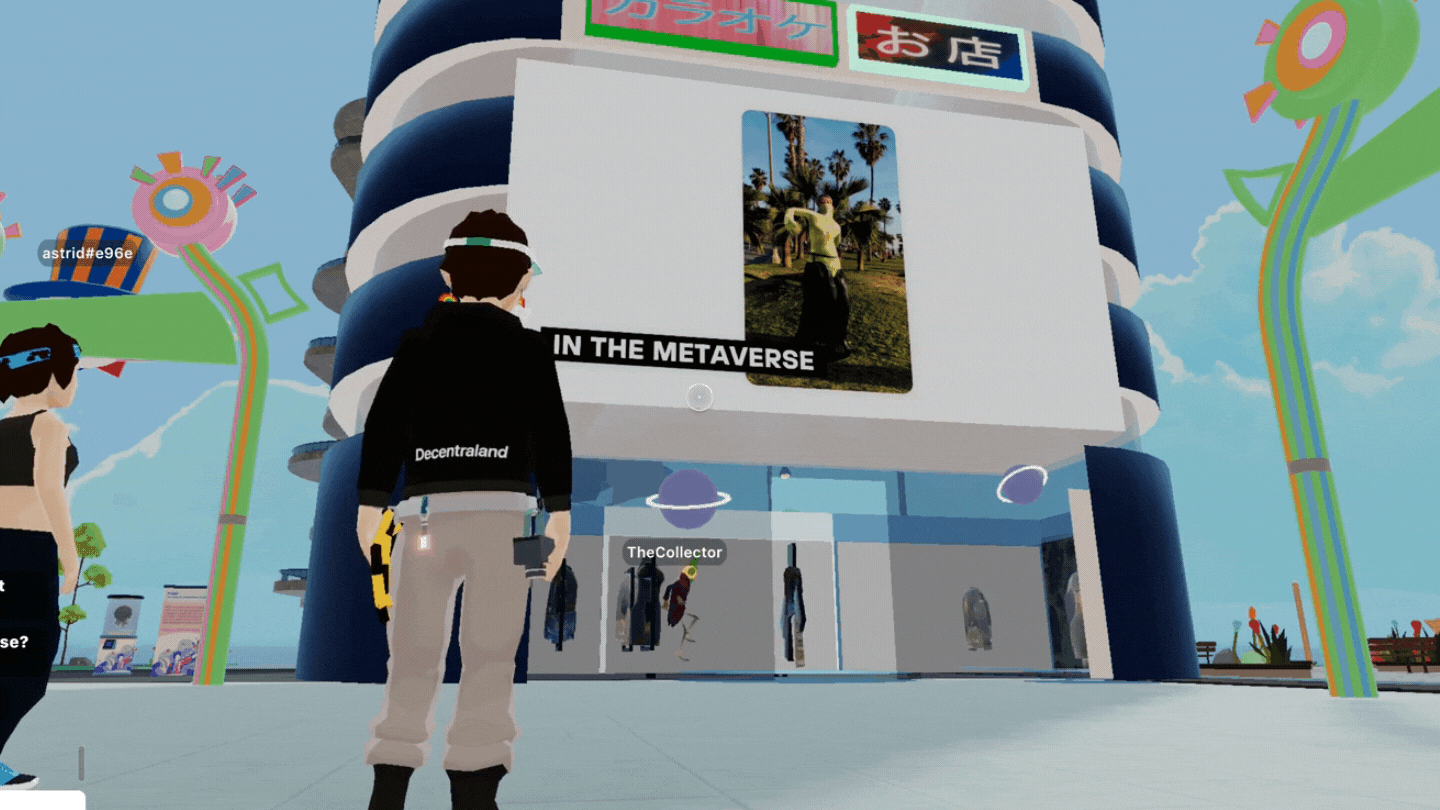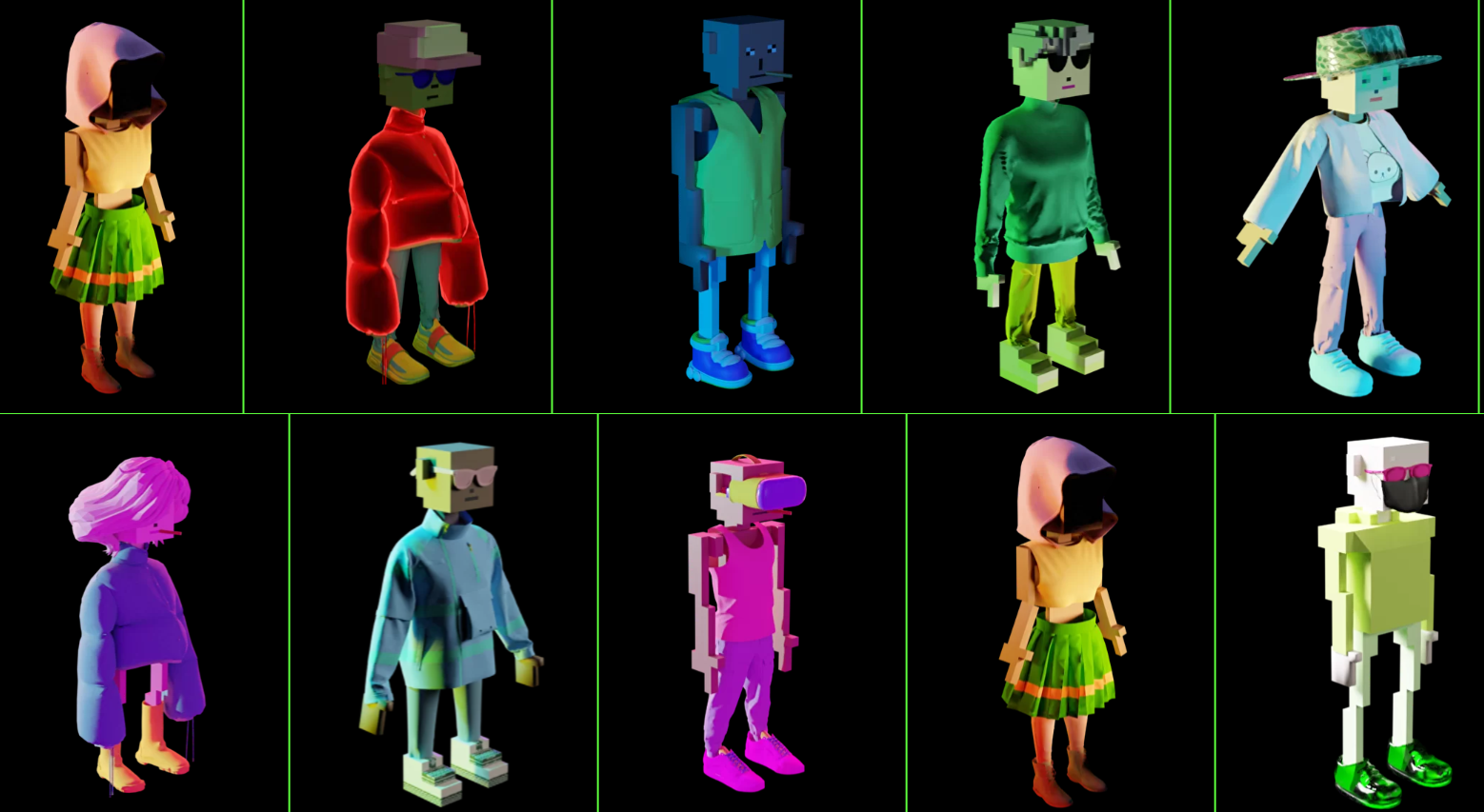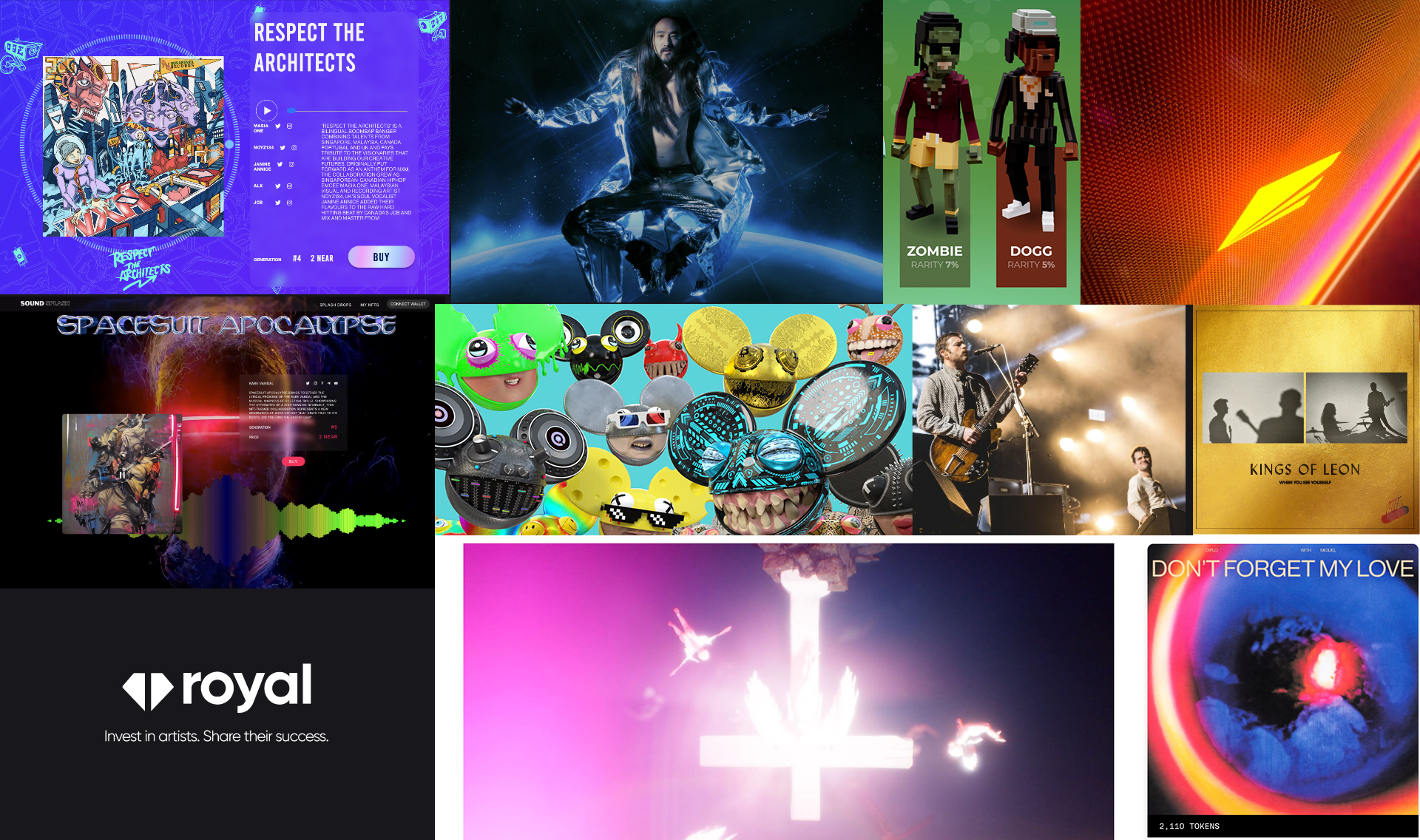In the last and current year, everyone has come to hear of the Metaverse, most often linked to Mark Zuckerberg’s much cited announcement to change the Facebook company name to Meta. However, a tangible association with the new term escapes most of us. That might have to do with the lack of existing applications within the Metaverse right now, but make no mistake, the future will be meta.
VR Spaces
Decentraland, Zepeto, Roblox, The Sandbox or Axie Infinity are all virtual experiences built on blockchain. They allow users to carry items and attributes over into different spaces. Currently, the connectivity with real-life experiences is still limited, but people can use the metaverse projects to view NFTs, get around without physical constraints like gravity (yes, I’m talking about flying) or exhaustion, and use blockchain-own tokens to engage in virtual economies. But don’t be fooled by the name of virtual economies, since they inevitable will spill over into our ‘real’ world. People can already use crypto currencies to purchase real objects and services, and this will be the norm in foreseeable future as well.
Interconnectivity
To fully understand why the metaverse is a BIG deal, we need to know its constituents or defining factors. First of all, there is no boundaries. Now, this might sound like a tacky motivational buzz phrase, but for the metaverse this is fundamental reality. It’s an endless space that eliminates barriers between platforms, therefore breaking up the silos that have been created by mono-platform providers. Users can move around freely in a vast virtual 3D space that is connected not only to anything on the internet, but–in increasing fashion via AR–to offline spaces and items as well.
Unlike a website, or even a social network, the metaverse can’t be unplugged. This is possible due to the underlying technology, distributing nodes over decentralized networks, rather than a single or multi-point server hub. This is important, since it promises contributors and creators a framework of continuity and perpetuity.
The heightened immersion factor of the metaverse makes it way more compelling than any social network. Not only can you connect and communicate with your loved ones or work relations, you can actually do so in a highly realistic space, allowing for more freedom of expression (virtual avatars with movement, gestures and mimics) and a higher degree of immediate connection (instant feedback, shared space). The evolution of virtual avatars is just in its beginning stage, and Meta Platforms are pushing this area to new heights. Born out of necessity, and having earned their spot as a cultural treasure, in future we might not yet be ready to wave emojis into retirement, but adaptive avatar mimics will render them obsolete.
So how do NFTs fit into all of this?
Via NFT technology you can carry items over from space to space and have permanent ownership of virtual assets. NFTs will serve as the glue component between users and platforms alike, enabling the populus of the metaverse to interact with each other and the real world in a more meaningful way. Since NFTs can be traced to individual ownership and transferred between users and from space to space, as well as operate smart contracts, they’ll play a crucial function to enrich the metaverse experience. Forget smoking apes and other visual upstart projects that claim to empower artists via creative monetization, but really conjure up reminiscence of dada culture and wallstreet elitism.
The area of application for NFTs is vast, and most of its future use cases haven’t even been tapped right now. Once there is more and more crypto wallets, therefore unlocking the user base for NFTs, the field of application will grow exorbitantly. After the initial rush to install NFTs in the artistic sector, slowly, new projects have emerged in the luxury industry, hospitality and real estate. The metaverse provides ideal infrastructure for cooperation, innovation and scaling. It’s not there to replace our reality, but to facilitate us with yet more options to co-create it.







